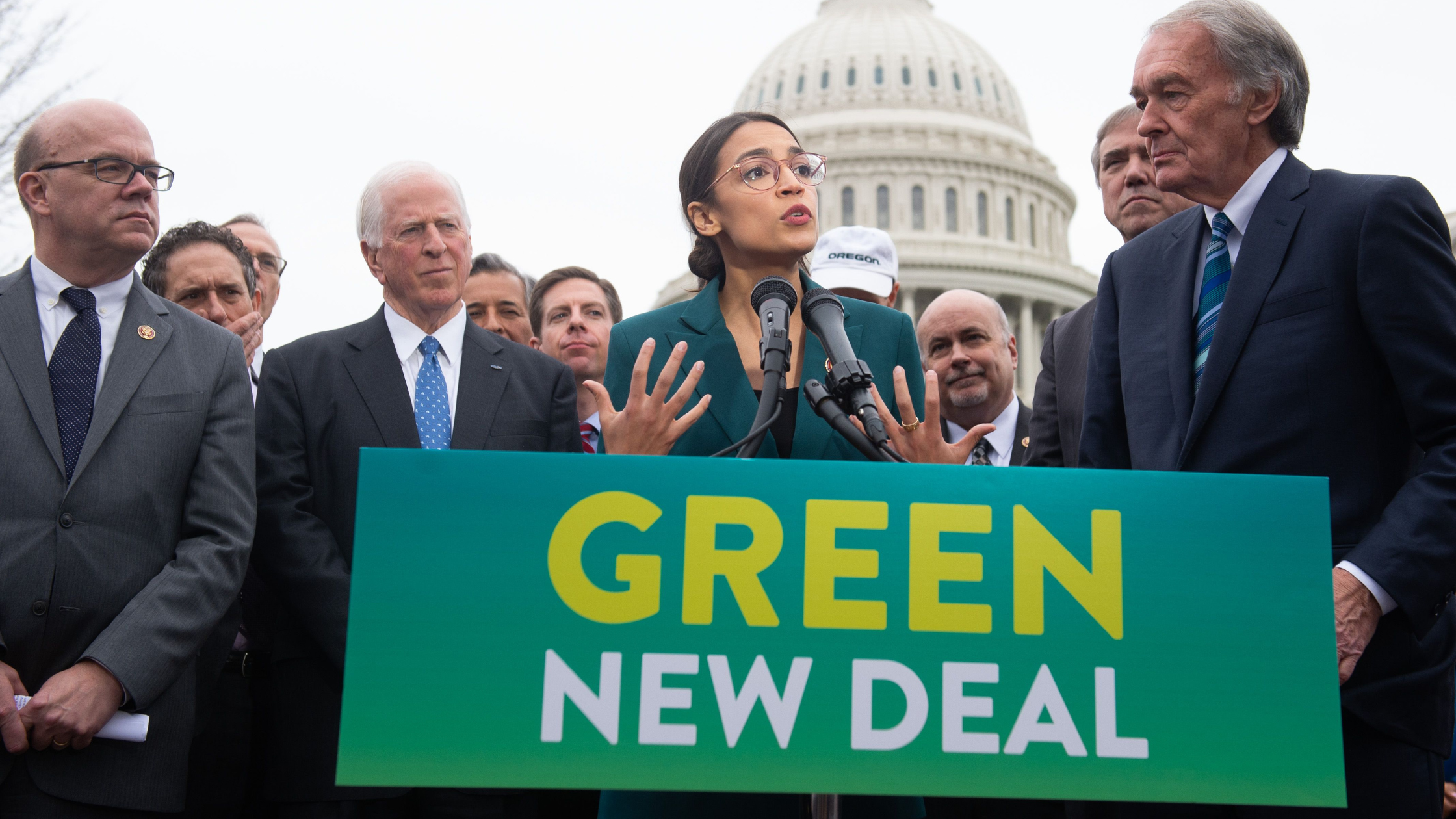
Renewable Energy Policies: Promoting Clean Energy Transition
Embracing the Future of Energy
Hello, energy enthusiasts and eco-warriors! 🌍✨ Today, we’re diving into a topic that’s not just a buzzword but a beacon of hope for our planet – renewable energy policies. These policies are the unsung heroes steering us toward a cleaner, greener, and more sustainable future. So, grab your favorite beverage, settle in, and let’s embark on this journey together.
Why Renewable Energy? The Need for Change
Let’s create the scene before getting into the specifics of policies. What’s the big deal about renewable energy anyway? It is a well-known fact that the ecosystem is suffering greatly due to our present dependence on fossil fuels. All the indicators point to the need for a swift shift, from worrying levels of pollution to unpredictable weather patterns and rising global temperatures.
A more sustainable and environmentally friendly option is provided by renewable energy, which is produced from natural resources such as biomass, water, wind, and sun. Renewable energy sources have less of an impact on the environment and don’t gradually run out like fossil fuels do. That seems like a no-brainer. However, switching to renewable energy on a worldwide scale is more complicated than that. Renewable energy policies are relevant in this regard.
The Power of Policy: Shaping a Sustainable Future
The foundation of every meaningful change in society is policy. They direct investments, establish incentives, and define the rules. Effective regulations may hasten the transition to renewable energy, making it both practicable and financially sustainable for homes and businesses.
-
Setting Ambitious Targets
A popular and effective policy strategy is to establish high targets for renewable energy. All throughout the world, governments are promising to raise the proportion of renewable energy in their energy mix. By 2030, for example, the European Union wants to have 32% of its energy coming from renewable sources. These goals represent a commitment to a more environmentally friendly future and serve as a catalyst for efforts by the public and private sectors to reach them. They are not merely numbers on paper.
-
Financial Incentives: Making Green the New Gold
Transitioning to renewable energy often requires significant upfront investment. This is where financial incentives come into play. To lessen the financial burden on individuals and businesses, governments provide a range of incentives, including tax credits, grants, and subsidies. For instance, in the US, companies and homeowners can deduct a sizeable portion of the cost of installing solar energy from their federal taxes thanks to the Investment Tax Credit (ITC).
-
Feed-in Tariffs and Power Purchase Agreements
Additional effective weapons in the policy toolbox are power purchase agreements (PPAs) and feed-in tariffs (FiTs). FiTs give renewable energy producers a steady and predictable cash stream by guaranteeing a set price for renewable energy delivered into the grid. PPAs, on the other hand, guarantee a long-term market for renewable energy through agreements between energy producers and customers. By promoting growth and innovation, these measures establish a favorable climate for investments in renewable energy.
-
Research and Development: Paving the Way for Innovation
Overcoming the obstacles related to renewable energy, like grid integration, efficiency, and storage, requires innovation. Governments are making significant investments in R&D to propel technological progress. For example, the goal of the US Department of Energy’s SunShot Initiative is to lower the cost of solar technologies through research and development in order to make solar energy cost-competitive with conventional energy sources.
-
Education and Awareness: Empowering the Public
Policies aim to empower and educate the people in addition to providing financial incentives and advancing technology. The adoption of renewable energy is greatly aided by community projects, educational initiatives, and awareness campaigns. People are more inclined to incorporate renewable energy sources into their daily lives when they are aware of the advantages and viability of doing so.
Case Studies: Success Stories from Around the Globe
Let’s take a virtual tour of the globe as we examine some remarkable success stories where policies promoting renewable energy have had a big influence.
-
Germany: The Revolution in Renewable Energy
Germany is frequently credited with being a leader in renewable energy. The nation’s comprehensive policy framework known as the Energiewende, or energy transition, aims to move the nation toward a sustainable energy system. With the help of FiTs, aggressive goals, and significant R&D expenditures, Germany has emerged as the world leader in wind and solar energy. By 2020, about half of Germany’s electricity came from renewable sources, demonstrating the influence of a well-crafted policy.
-
Denmark: Wind Power Wonderland
Denmark is yet another country with excellent renewable energy policies. Since the 1970s, the Danish government has consistently promoted wind energy through laws and incentives. Currently, Denmark gets more than 40% of its electricity from wind energy, and in the upcoming years, there are big ambitions to raise this percentage. The experience of Denmark emphasizes how crucial long-term policy stability and dedication are.
-
China: Scaling Up Solar Power
Although China’s fast industrialization has had a negative impact on the environment, the nation is currently moving in the right direction. China has emerged as the global leader in solar energy production and consumption thanks to initiatives like the Feed-in Tariff scheme and significant R&D expenditures. China has added over 250 GW of solar capacity by 2020, showing how successful policies may encourage the widespread use of renewable energy sources.
Challenges and Opportunities: Navigating the Path Ahead
While the progress is promising, the transition to renewable energy is not without its challenges. Let’s explore some of these hurdles and the opportunities they present.
Grid Integration: Balancing Supply and Demand
Integrating renewable energy into the current electrical infrastructure is one of the major issues. Renewable energy sources like solar and wind, in contrast to fossil fuels, produce energy intermittently—that is, not continuously. This unpredictability can put stress on the grid and make supply and demand management difficult. Demand response systems, smart grids, and energy storage technology developments, however, present encouraging answers to these problems.
Policy Coherence: Aligning National and Local Goals
Ensuring policy consistency and alignment across several governmental levels presents another problem. Local administrations are essential to the implementation of national policies, which frequently set the general direction. Initiatives aimed at promoting renewable energy must make sure that local and national policies are complementary to one another. To overcome this obstacle, teamwork, open communication, and common objectives are essential.
Financing the Transition: Mobilizing Investment
Financial incentives and subsidies are important, but getting enough money invested is still a big problem. Making the switch to renewable energy will cost a lot of money, therefore getting private investment is crucial. Cutting-edge finance options like crowdfunding, green bonds, and public-private partnerships can help close the financial gap and quicken the transition.
The Road Ahead: Policy Recommendations for a Sustainable Future
As we look to the future, it’s essential to build on the successes and lessons learned from existing renewable energy policies. Here are some policy recommendations to promote a smooth and accelerated transition to clean energy:
Set Clear and Ambitious Targets
Governments ought to establish legally binding, aggressive, and transparent goals for renewable energy. These goals must be accompanied by thorough plans that specify the procedures and deadlines needed to reach them. Ambitious goals provide stakeholders with a clear direction and demonstrate a strong commitment.
Encourage innovation via research and development
Research and development expenditures are essential for advancing technology and addressing the issues related to renewable energy. To promote innovation, governments should set aside a sizeable amount of money for R&D projects and work with partners in the business sector, academic institutions, and international organizations.
Provide Stable and Predictable Incentives
To entice investment, financial incentives like tax credits, subsidies, and feed-in tariffs should be steady and consistent. Uncertainty in policy might discourage investors and impede the shift. Governments should pledge to provide renewable energy projects with sustained support and refrain from making rash policy decisions that can erode investor trust.
Improve Grid Integration and Infrastructure
Integrating renewable energy sources requires modernizing and upgrading the electrical grid. To maintain grid stability and dependability, governments should make investments in smart grid technology, energy storage systems, and demand response mechanisms. For integration to be successful, grid operators, utilities, and legislators must work together.
Promote Public Awareness and Education
Campaigns for public awareness and education are essential for increasing understanding and support for renewable energy. Governments ought to fund programs that debunk myths, inform the public about the advantages of renewable energy sources, and encourage energy conservation. Participatory methods and community engagement can enable people to actively participate in the shift.
Encourage Global Cooperation
The worldwide problem of renewable energy necessitates international cooperation. Governments ought to cooperate to exchange best practices, transfer technologies, and plan joint initiatives to tackle shared problems. Global collaboration and collective action are greatly aided by international alliances and accords like the Paris Agreement.
Conclusion: A Brighter, Greener Tomorrow
One thing is certain as we come to the end of our exploration of renewable energy policies: the switch to clean energy is not only possible but also necessary. This shift may be accelerated by effective policy, making renewable energy the cornerstone of our sustainable future. We can create the conditions for a more promising and environmentally friendly future by establishing challenging goals, offering financial rewards, encouraging creativity, and raising public awareness.
To establish a society where clean energy is the norm, let’s embrace the power of policy, fund renewable energy projects, and cooperate. We control the future, and it appears to be bright and green! 🌞💚





